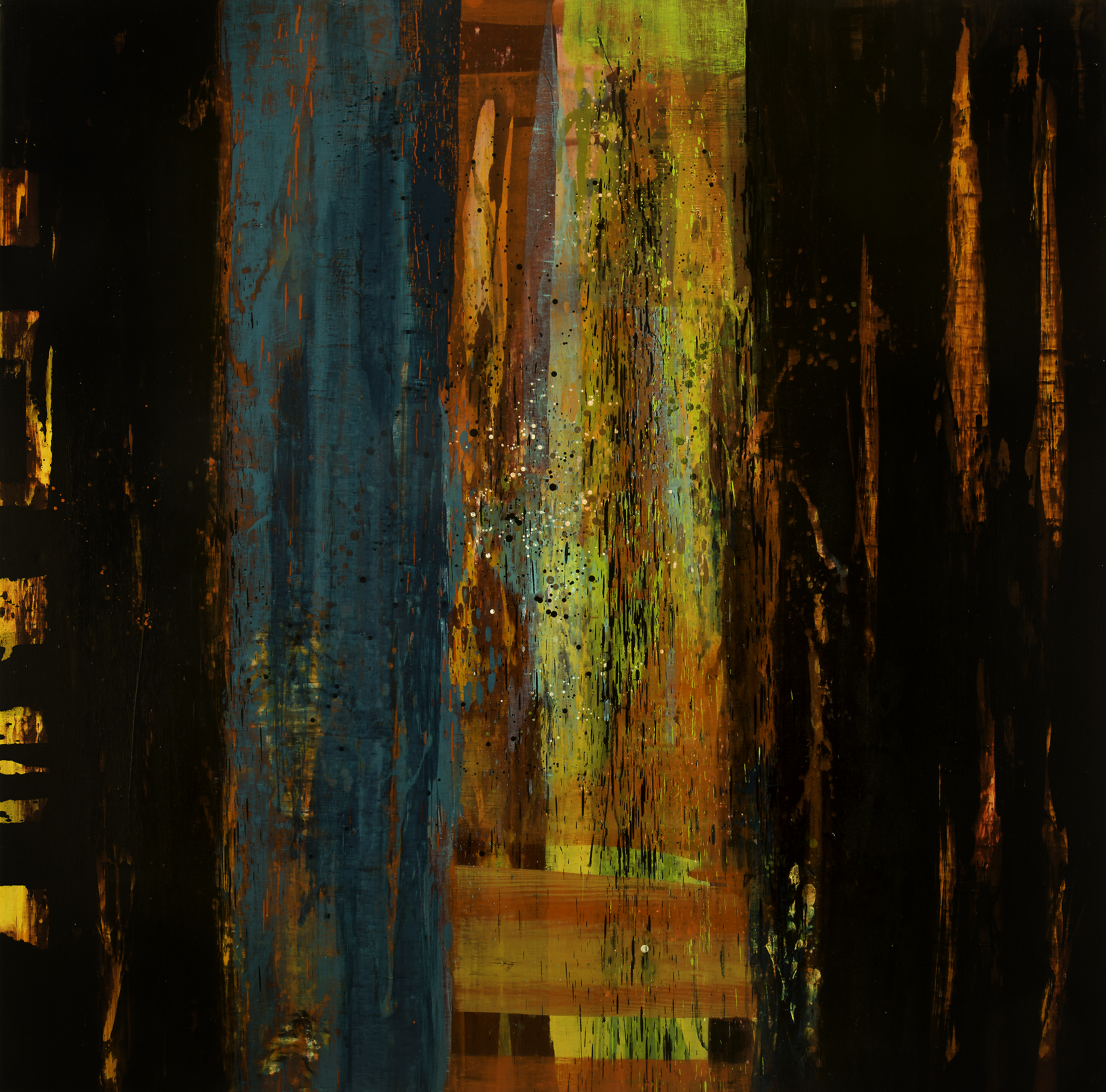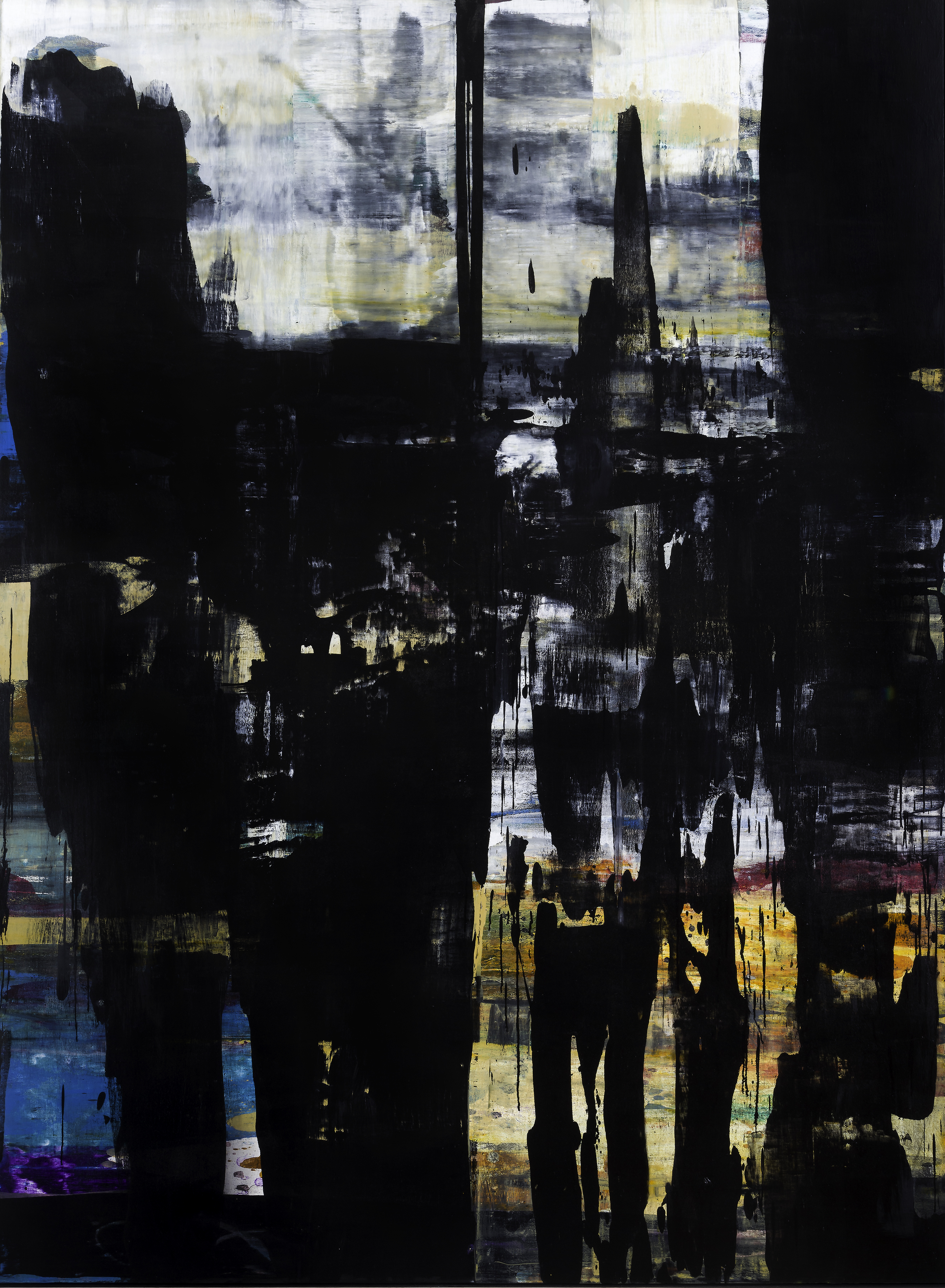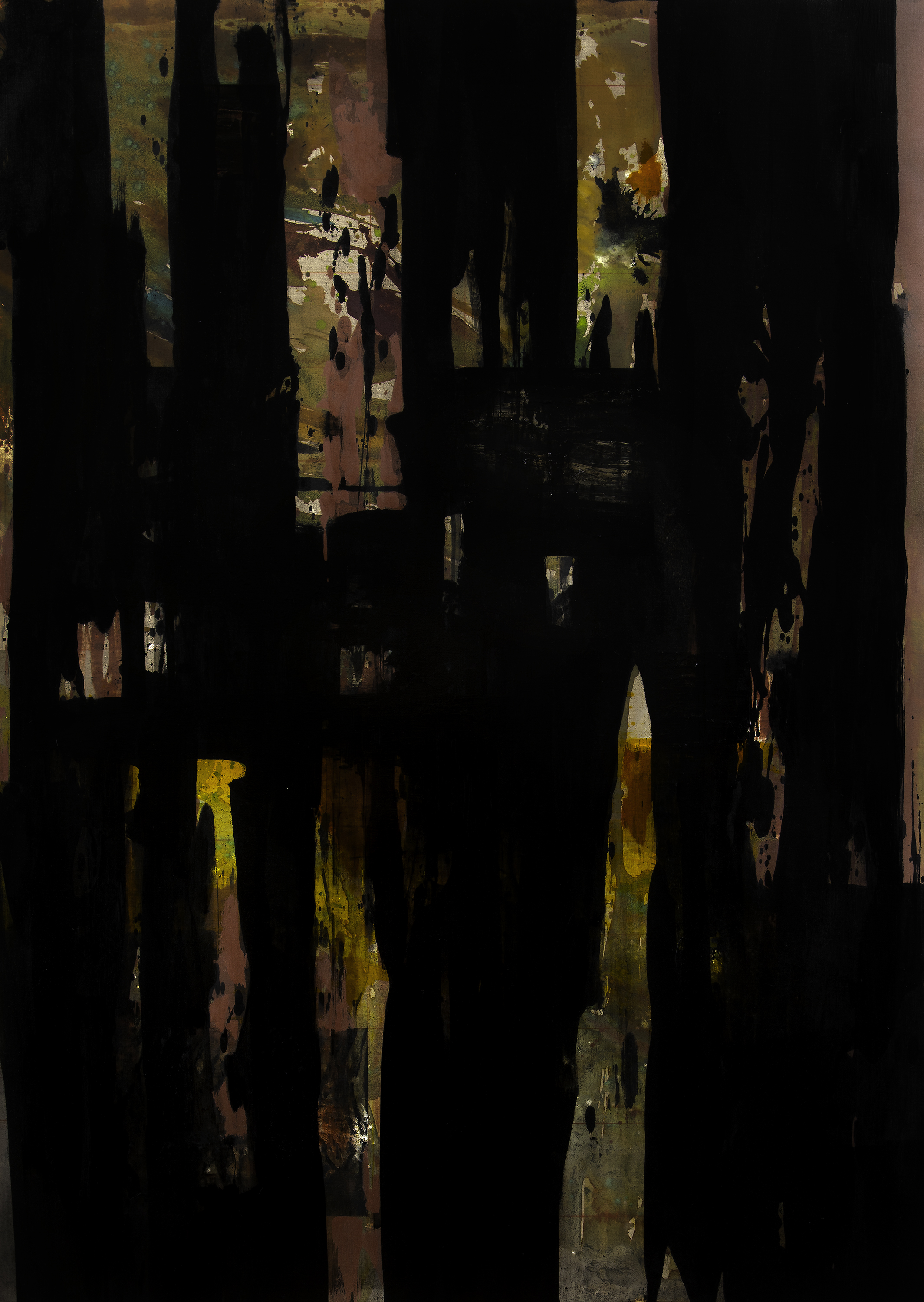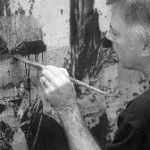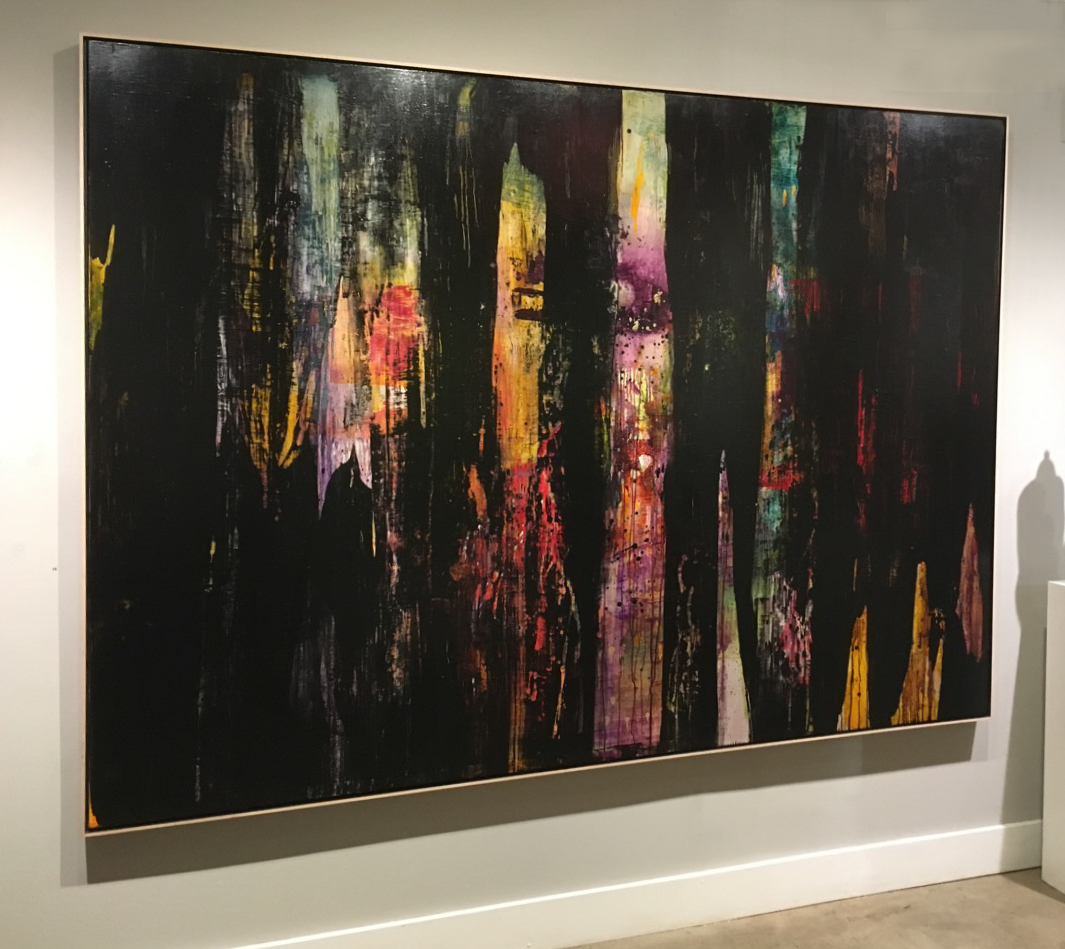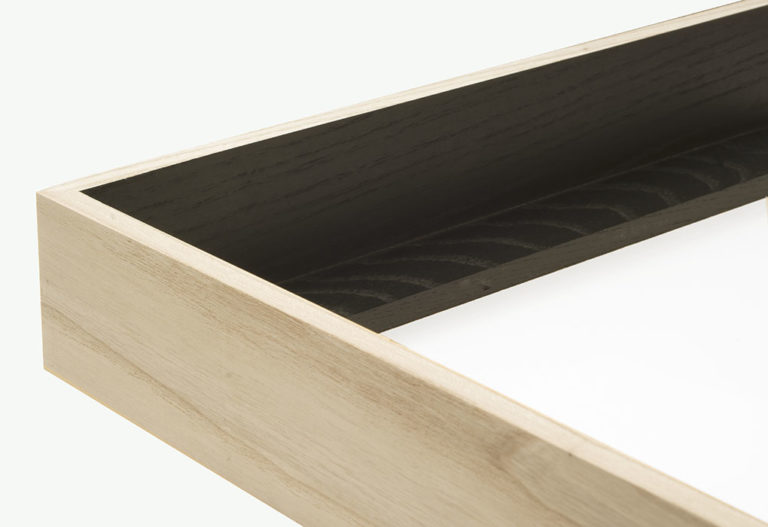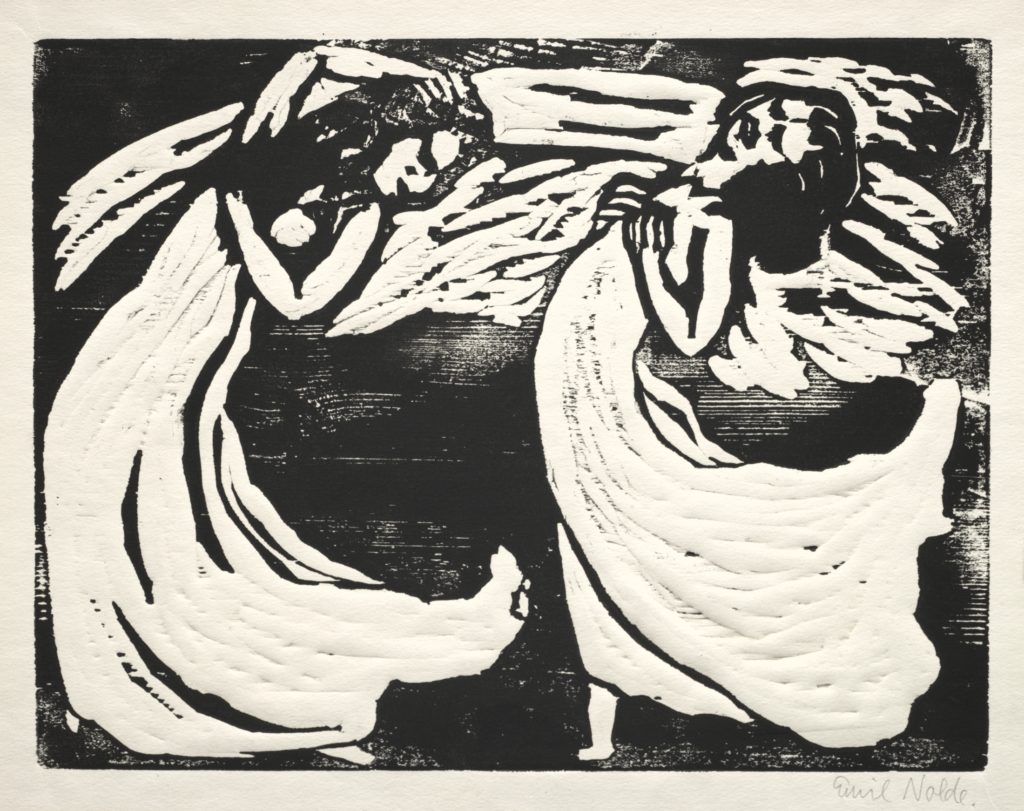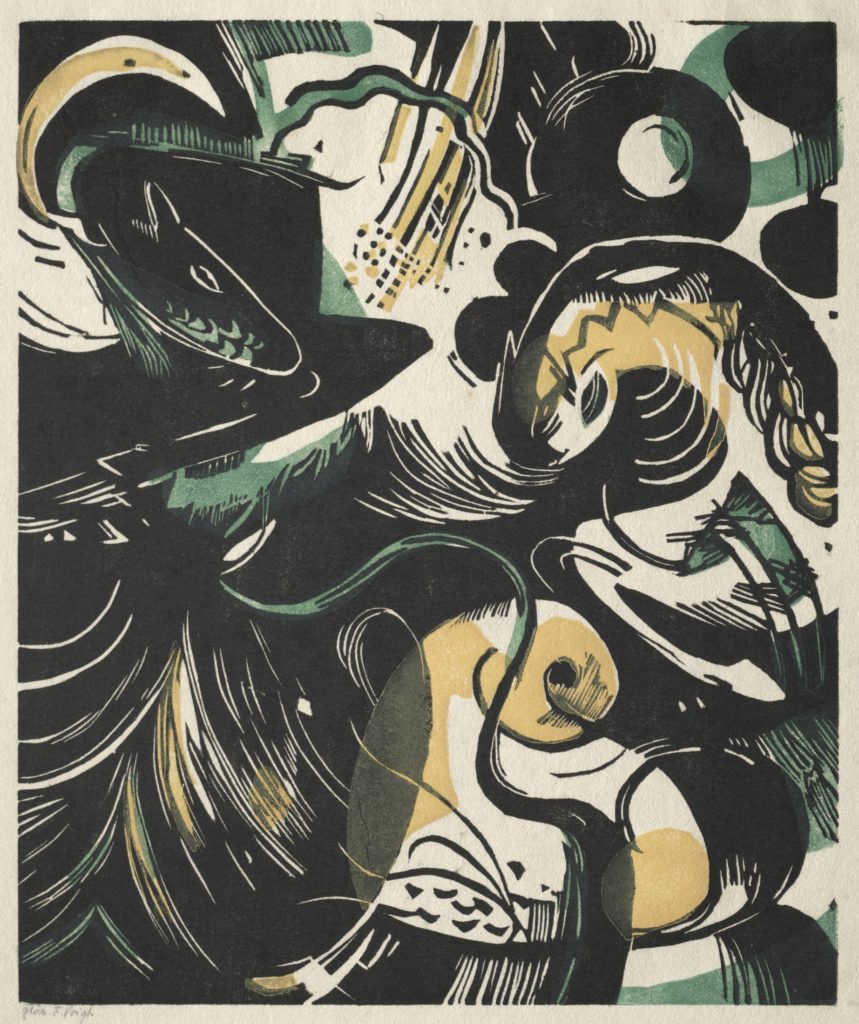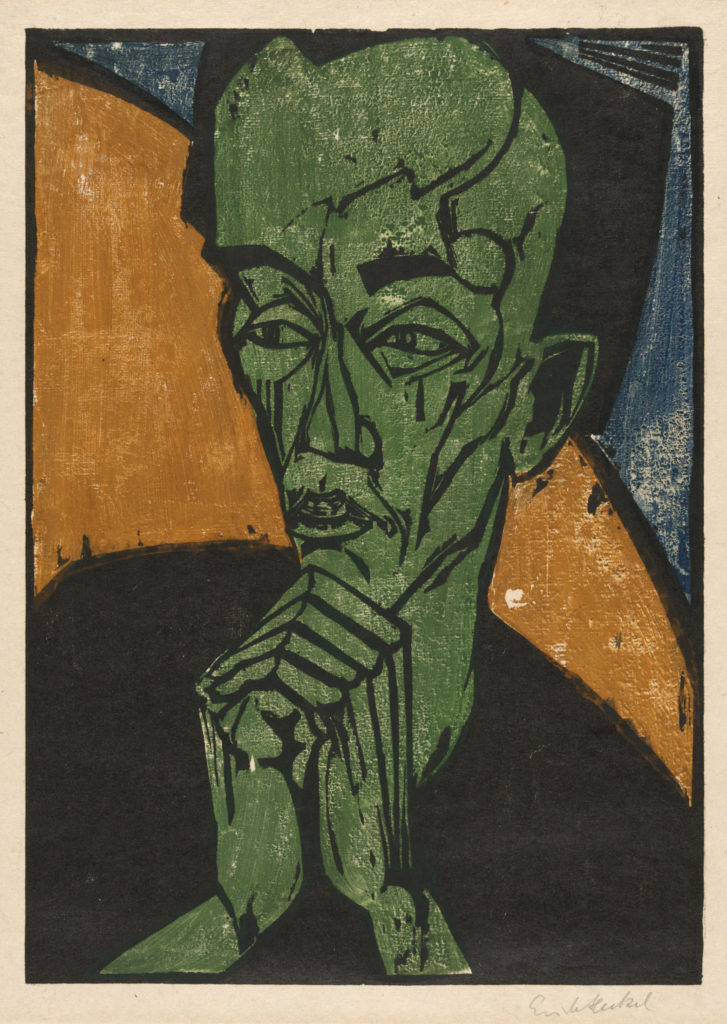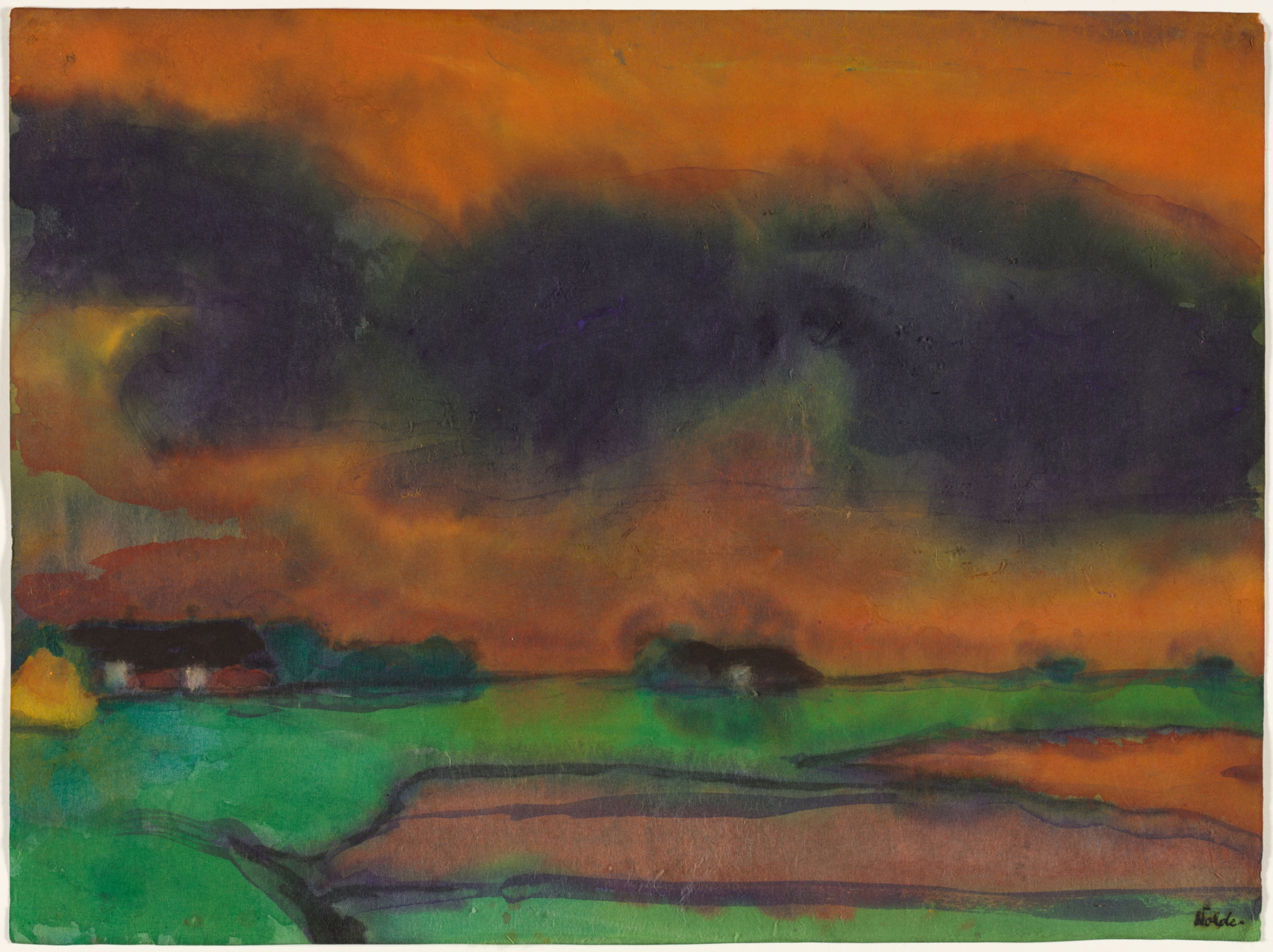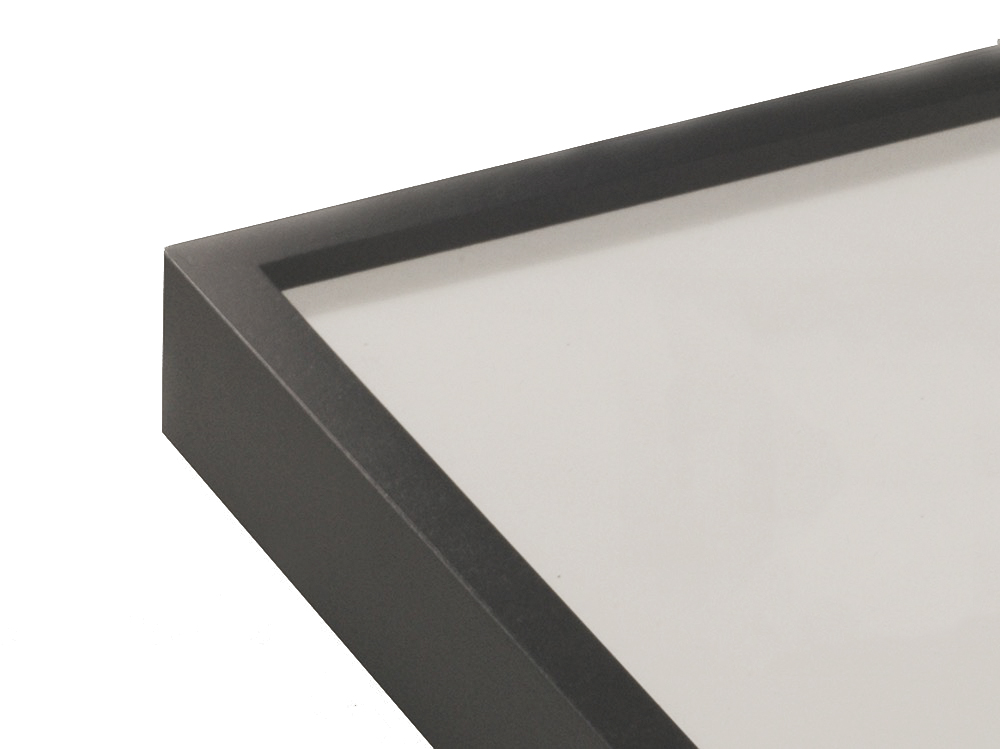Amy Sands at Rourke Art Museum
“I am interested in the interaction of color, space and memory – both from a perspective of the artist’s process as well as from the viewer’s active interaction with a finished piece. My art originates in my interest of the day-to-day experiences influenced by color, pattern and space, and how this is recorded in memory. Lace and craft doilies of family heritage serve as a vantage point for my work. These compositions become transformed into a deeper temporal and psychological space through the complex layering of the intricate patterns and how they interact with light and shadow.
I choose monotypes mixed with traditional painting methods because of the intimate interactions that arise as they build and change – many times out of my control – forcing me to act and react. In my process, thought is overcome by an impulsive, subconscious interaction. What develops is from the psyche, leading often to layered and oppositional fields of color. Collectively, these layers are refined into the essential ingredients of a moment in space and time.”
—AMY SANDS, 2018
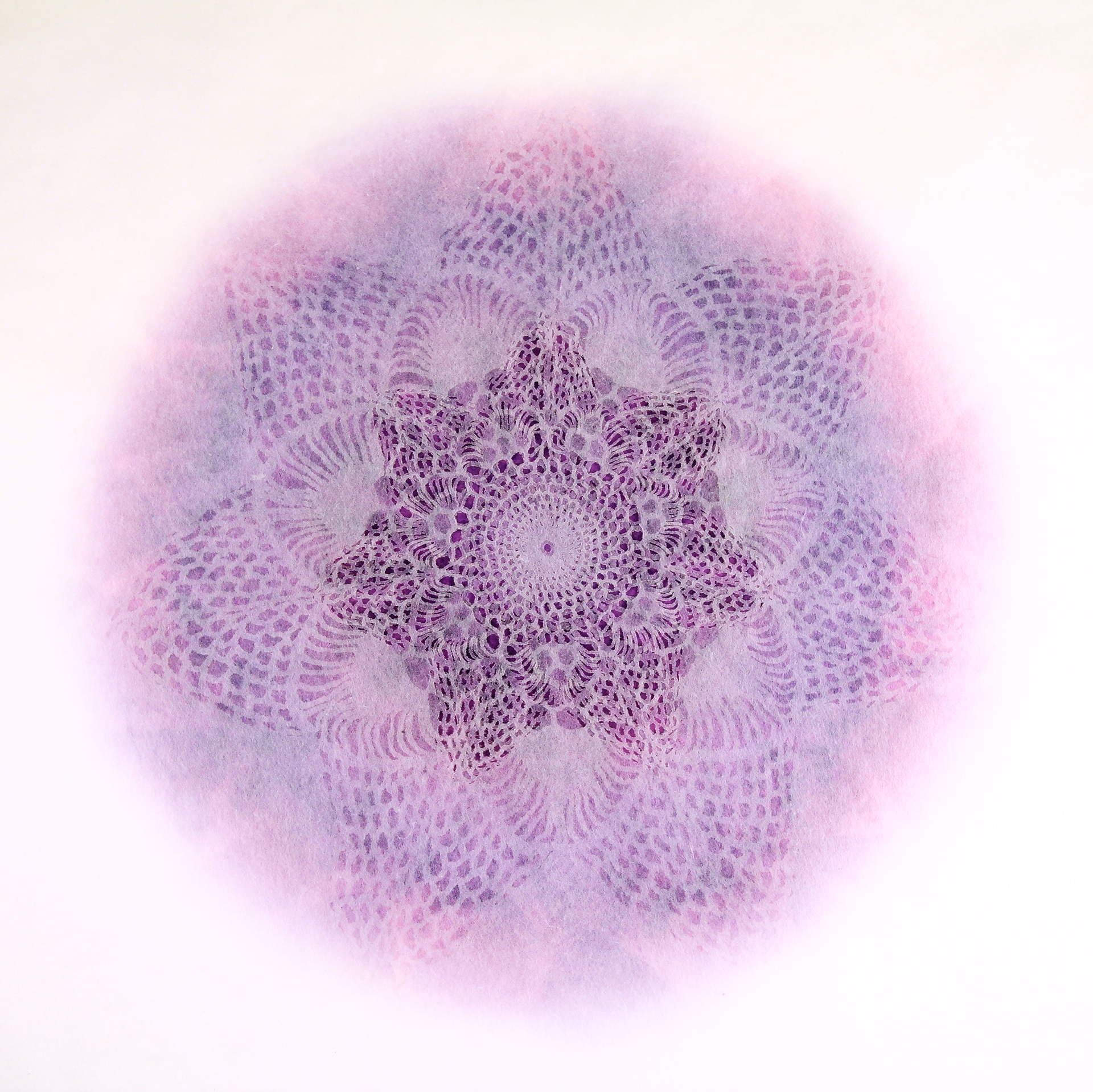
Amy Sands “RevolutionXXXVI” monoprint, serigraphy and laser cut on layered kozo 1/1 2017
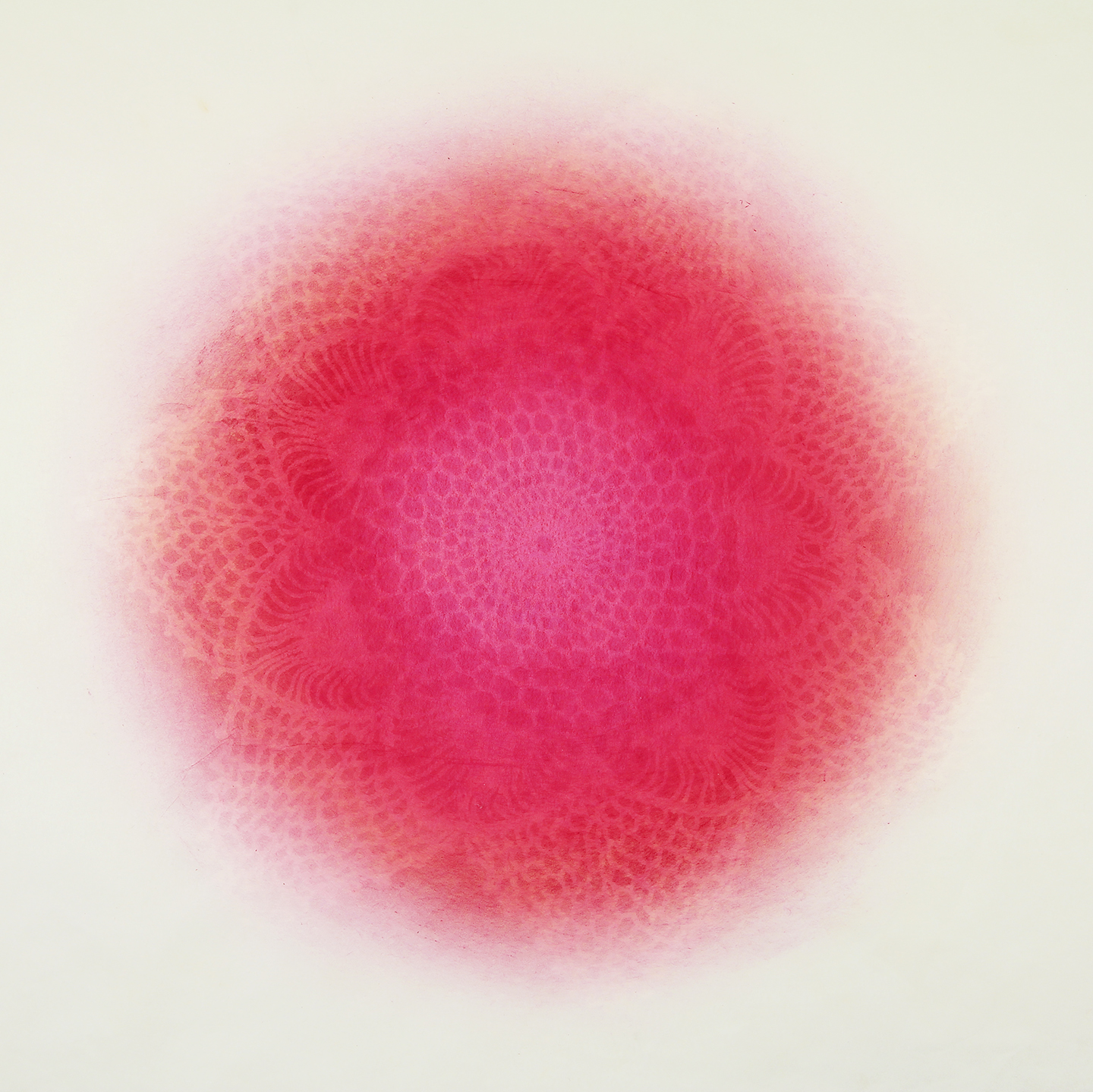
Amy Sands “Revolution:Hope” monoprint, serigraphy on layered kozo 1/1 2017
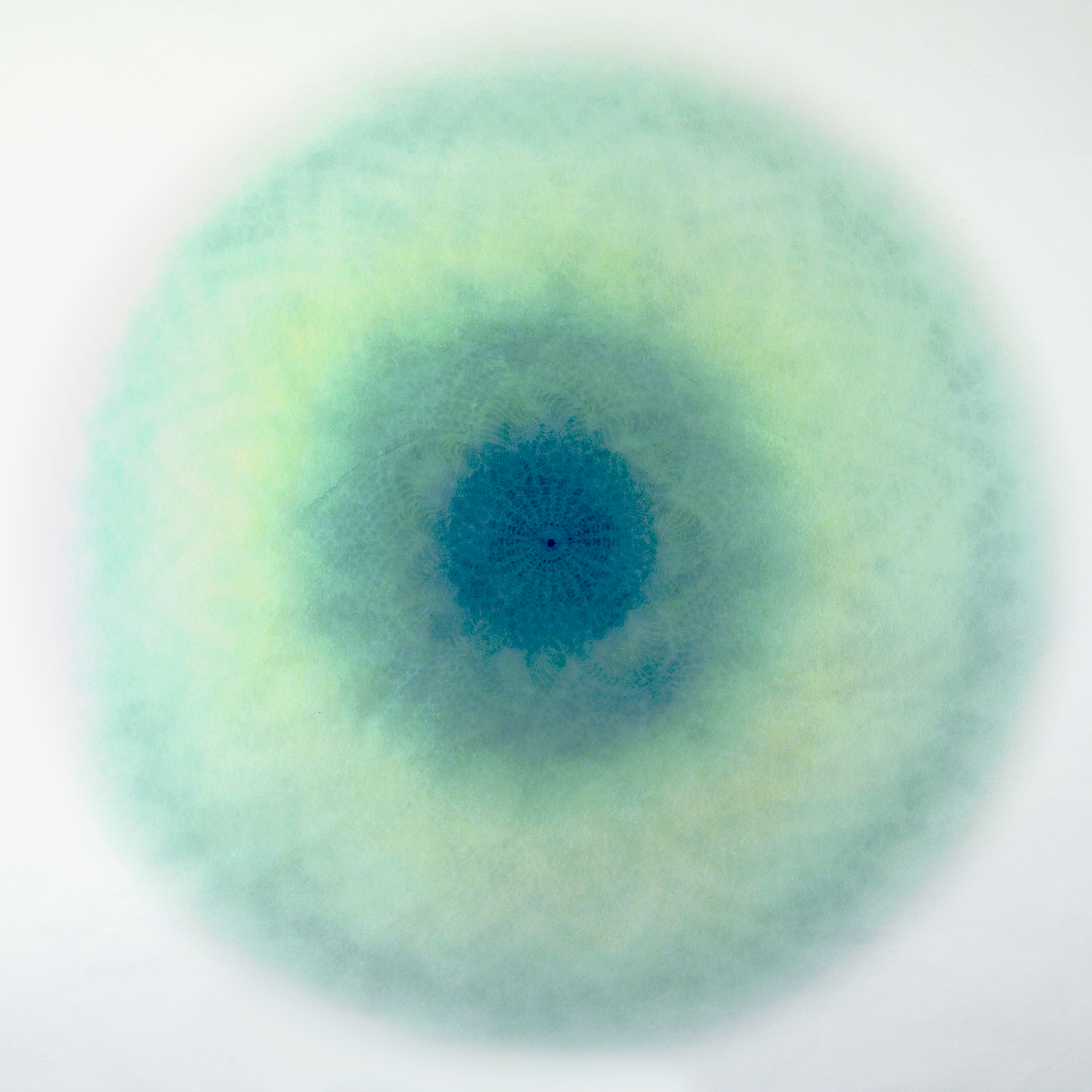
Amy Sands “Revolution XXXIX” monoprint, serigraphy. laser cut on layered kozo 1/1 2018
About the artist
Amy Sands has exhibited her work in solo and group shows both nationally and internationally, including: Prints Tokyo 2012, Tokyo Metropolitan Art Museum; 8th International Printmaking Biennial of Douro, Portugal, 2016; the 2003 Madrid International Print Fair, Madrid, Spain (Estampa) and the 2016 Delta National Small Prints exhibition at the Bradbury Museum in Jonesboro, Arkansas. She has received a first place award for her work at the 57th Midwestern Invitational at the Rourke Art Museum in 2016, and a juror’s award at the 2013 MAPC Juried Members Exhibition at the McDonough Museum of Art, Youngstown, OH. Sands’ work belongs in the permanent collections of the New York Public Library, Montefiore Hospital, Pratt Institute, Manhattan Graphics Center, Metropolitan State University, Buena Vista University, Central Lakes College as well as many private parties. Sands is currently Assistant Professor at Metropolitan State University and is represented by Muriel Guépin Gallery in New York City.
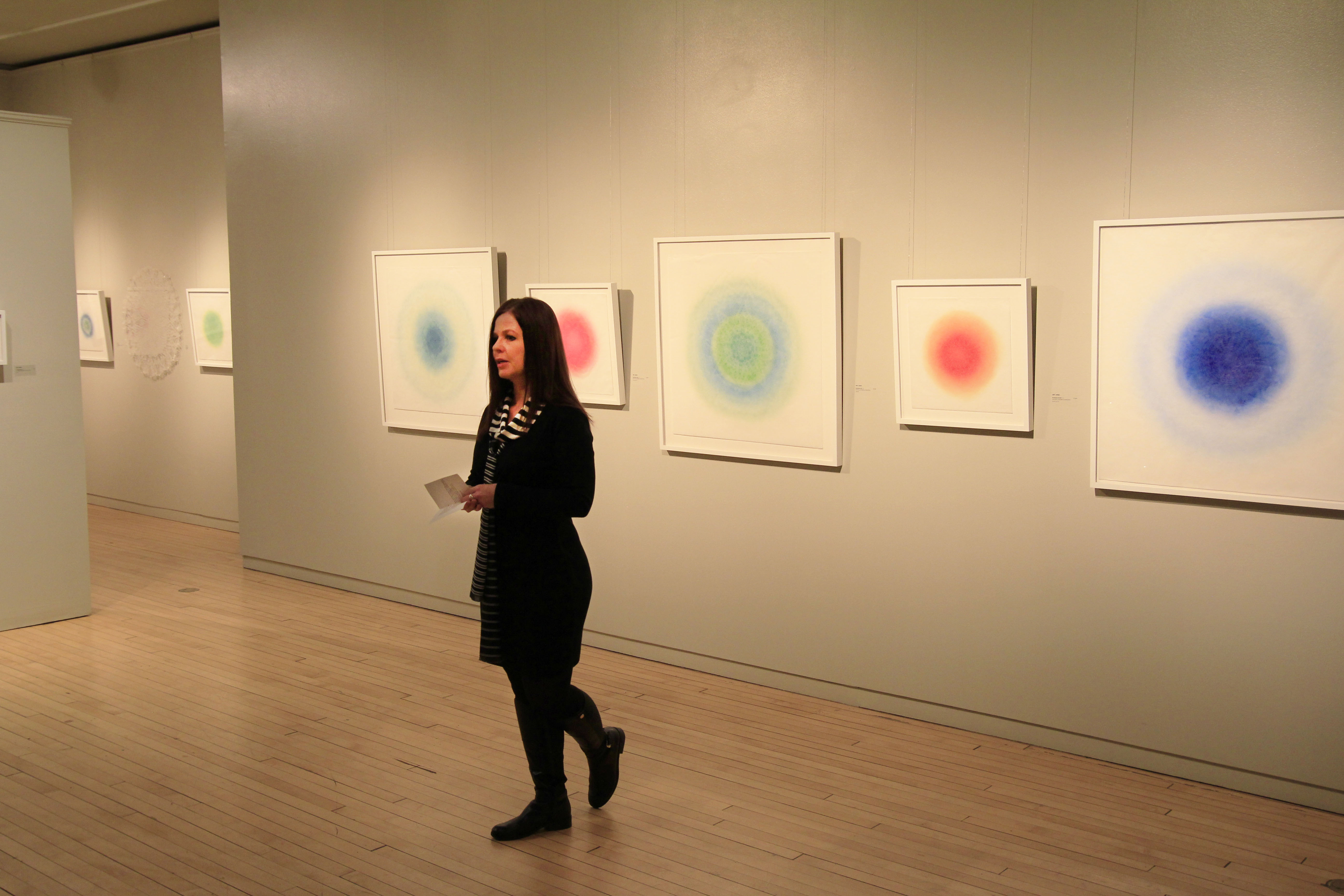
Amy Sands Exhibition at Rourke Art Museum 1/19/18- 2/18/18
Amy Sands: Portal
January 19, 2018 – February 18, 2018
The Rourke Art Museum
Moorhead, MN
FRAMING SPECIFICATIONS
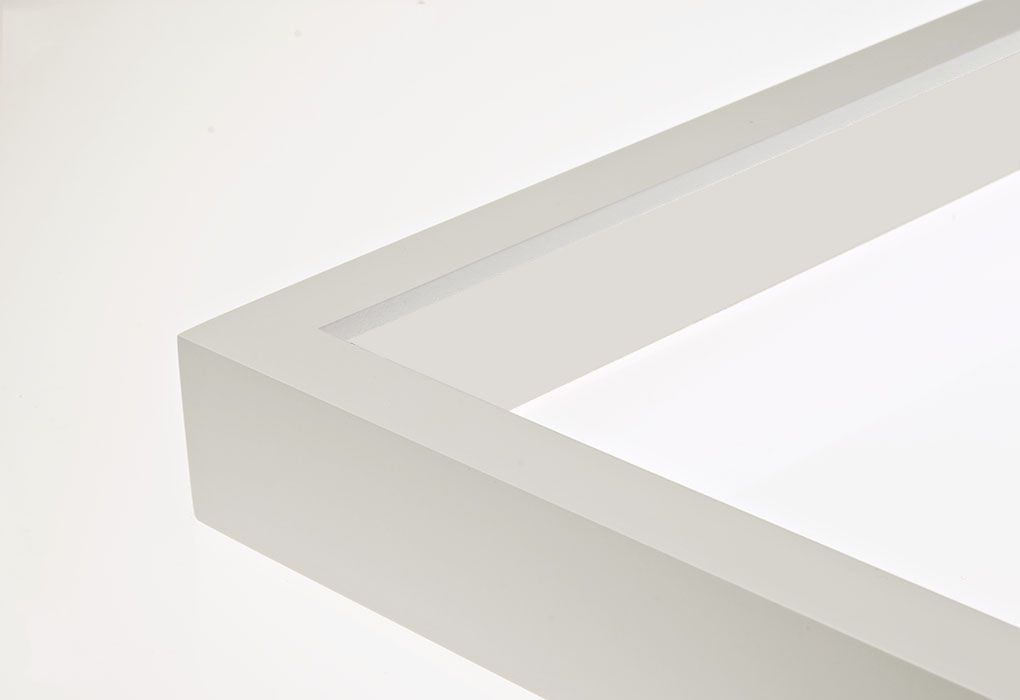
METRO GALLERY FRAME
Profile: 106
Type: Standard Gallery Frame
Wood & Finish: maple frame with white opaque finish
Purchasing Option: joined wood frame
Strainer: 1/2″ wood strainer
